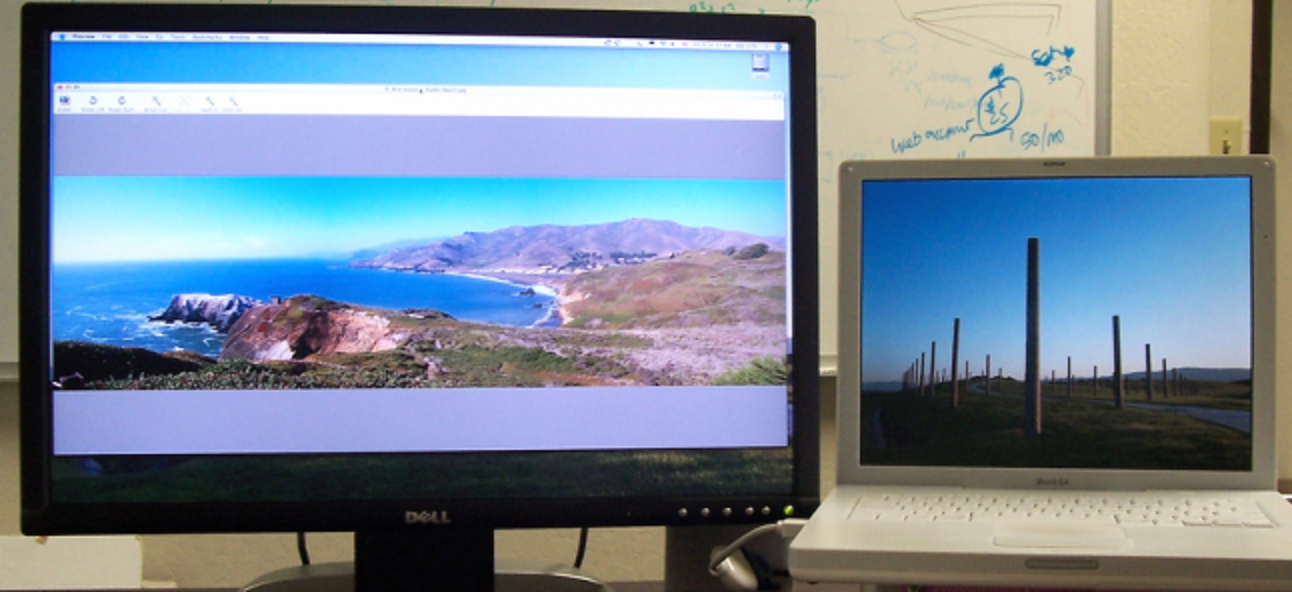Could be, it’s your first time to hear of this term. If that’s the case and you already own a projector, it means you bought it ‘blindly’. That’s history and it’s gone. Are you looking forward to buying a projector? You will realize that different models offer distinct resolution specifications; maximum and native. Projectors are different from computer or TV screens that have a single display resolution. When buying a projector, you should concentrate on the native resolution because it determines the image sharpness and clarity.
What is Native Resolution?
Projectors are manufactured with inbuilt micro-displays such as LCD, LCOS, and DLP. These micro-displays have their resolution. When we talk of native resolution, it refers to the number of pixels contained in the inbuilt chip/micro-display of your projector. A projector can only display images with a resolution that doesn’t exceed its native resolution.
On the other hand, the maximum resolution doesn’t affect the projected images in any way. It refers to a screen’s or projector input signal. Different projectors recognize inputs in various sizes and formats. A device cannot process or display a resolution that exceeds its maximum resolution.
How Projectors Handle Signals.
It’s possible to find a projector whose maximum resolution is lower or higher than its native resolution. In such a case, the device converts the signal to native resolution. This resolution conversion process is called scaling.
For example, you can have a projector that has a 1280 x 720 native resolution and can handle signals not exceeding 1080i HD. This needs to be scaled because the 1920×1080 resolution has more pixels than your projector’s micro display. The projector automatically downscale or upscale pixels in the input feed to equal its native resolution to display higher or lower resolution content.
Are There Issues Related to Scaling?
The resolution scaling process gives results out of approximation and not accuracy. The projector only figures out how an image would appear if it were originally in its native resolution. This tells us that there is no set computation formula but electronic “assumptions.”
The best it can do is to ensure minimal loss of quality (detail or sharpness). You will probably note that the output images will be soft and blurry when the input resolution is below the native resolution. The output may appear cramped if the maximum resolution exceeds the native resolution.
Amazingly, advancements are done every day on digital devices. Most of them have super scaling engines that give crisp and clear videos and images.
Conclusion.
Having said that, you now understand the difference between the two types of resolutions and understand that it’s the native resolution that matters. We hope that you will take the time to find a great projector the next time you go out to shop for one. All that viewers require is to get clear and appealing videos or images. This can remain a dream unless you are sure of what you want from the market. It’s time to keep off the previous theories and look for a projector that will make your videos appear professional to the viewers.
